Transfers, Reactivity, Materials for Clean Processes
Scientific objectives
- Development of innovative processes for the synthesis of lamellar clay-like compounds : tailoring of the synthesis conditions according to target applications
- Formulation of innovative composite materials for separation, the controlled release of active molecules, and the adsorption of pollutants, in gas and liquid phase
- Material and energy recovery of bio-sourced products : development of chars for agronomic, environmental and energy applications
- Energy storage : recovery of fatal heat and renewable energy storage
- Development and use of specific characterization methods (calorimetry, conductivity determination, …), and modelling of mass and heat transfer adapted to the process (knowledge model, etc.)
Members
Research fields

Synthesis of clay-like lamellar compounds
J. Brendlé*, L. Dzene
*Contact : jocelyne.brendle@uha.fr
Clays and clay minerals are widely distributed worldwide, however, various structural compositions as well as the presence of different phases (such as quartz, calcium carbonate) or, in some cases, traces of elements such as arsenic (that may cause problems during the final application) may limit their uses depending on the targeted application. One way to circumvent these impediments is to synthesize clays. The hydrothermal synthesis methods make it possible to obtain lamellar compounds of well-defined chemical compositions via careful control of the parameters governing the formation of the lamellar structures. Current research is focused on the development of more environmentally-friendly processes, that use less water and can be carried out at lower temperatures than those usually employed (220°C). Special attention is paid to the characterization of the compounds by a multi-technique approach. The obtained lamellar phases can be used as model compounds (for example for the study of the interactions with radionuclides or as fillers for polymers and photopolymers).
Another original and innovative approach, still not extensively investigated for the synthesis of lamellar compounds, is the sol-gel route. Here, an organoalkoxysilane RSi (OR’)3, where R stands for an organic moiety and R’ is a methoxy or ethoxy group, is used as a silicon source. The advantages of this process are numerous : the materials are obtained at ambient temperature, the synthesis requires short times, and the lamellar structure is directly functionalized via the organic group bonded by covalent bond to the silicon of the tetrahedral sheet. Recent research has helped to obtain new insight into the formation mechanism of such organic-inorganic hybrids having a talc-like structure. Studies are underway to render the process even more environmentally-friendly and to obtain multifunctional compounds.
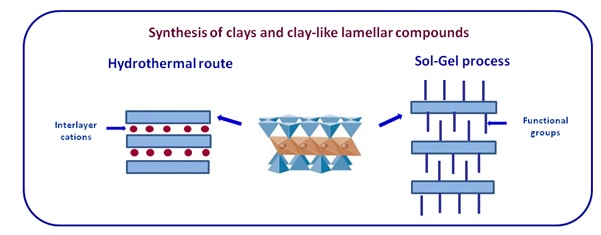
Publications
X. Reinholdt, J. Brendlé, M.-H.Tuilier, S. Kaliaguine, E.Ambroise, Nanomaterials 2013, 3, 48 DOI : 10.3390/nano3010048
D. Grolimund, P. Wersin, J. Brendlé, J. Huve, L.Kiviranta, M. Snellman, Clay Minerals 2016, 51, 249
A. Garnier, F. Da Cruz-Boisson, S. Rigolet, J. Brendlé, V. Bounor-Legaré, , RSC Advances 2016, 6, 75715

Formulation of composite materials for separation, controlled release of active molecules and adsorption of pollutants in gas and liquid phase
L. Limousy*, J. Brendlé, M. Jeguirim, L. Dzene, C. Vaulot, P. Dutournié, S. Bennici
*Contact : lionel.limousy@uha.fr
The cationic exchange properties of clays make them attractive as host networks for trapping pollutants, releasing certain active molecules in a controlled way, or modifying the photochemical properties of dyes. As part of the CNRS Fapesp 2016 / 50317-9 bilateral contract, the nature of the interactions between the mineral framework and active molecules will be determined. The therapeutic potential of these compounds and their use as a diagnostic device for controlled and targeted release of biologically active molecules will also be investigated. Another aspect of the research concerns the in situ confinement of compounds in hybrid organic-inorganic structures and the impact of such a confinement on the properties of the synthesized composites.
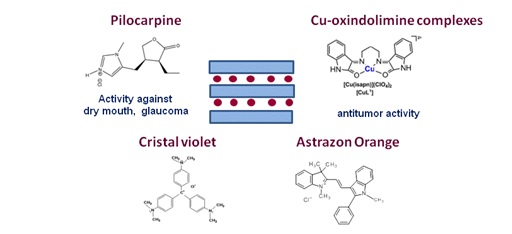
Publications
C. Ley, J. Brendlé, A. Walter, P. Jacques, A. Ibrahim, X. Allonas, Physical Chemistry Chemical Physics 2015, 17, 16677 DOI : 10.1039/c5cp02370j
F.M. Flores, M. Gamba, R.M. Torres Sánchez, E. Brendlé, J. Brendlé, Applied Clay Science 2016, 134, 83
L. Aristilde, B. Lanson, J. Miehé-Brendlé, C. Marichal, L. Charlet, Journal of Colloid and Interface Science 2016, 464, 153 DOI : 10.1016/j.jcis.2015.11.027
C. Ley, J. Brendlé, M. Miranda, X. Allonas, Langmuir 2017, 33, 6812 DOI : 10.1021/acs.langrnuir.7b01330

Material and energy recovery of biobased products : production of chars
M. Jeguirim*, L Limousy, S. Bennici
*Contact : mejdi.jeguirim@uha.fr
The development of renewable energies has become a major challenge to overcome fossil fuels depletion and increased greenhouse gas emissions. Among the various high-potential strategies, the thermochemical conversion of biomass resources could be an alternative technique for green energy production and carbon sequestration. Pyrolysis process has the notable advantage of producing liquid and gaseous fractions that can be turned into biofuels, and a solid fraction (called char) that can be used in various applications. Thus, the char can be directly used for soil amendment (called biochar), gasified under water vapor and/or CO2 for producing syngas or converted into adsorbent for the removal of pollutants in gaseous and aqueous phases.

Reprinted with permission from [The two‐dimensional pore and polarization transport model to describe mixtures separation by nanofiltration: Model validation, S. Déon, P. Dutournié, L. Limousy, P. Bourseau, AIChE Journal 2011, 57, (4), 985–995 ]. Jun 16, 2010 , John Wiley and Sons, Copyright © 2010 American Institute of Chemical Engineers (AIChE)
Recently, a strategy for reusing the aqueous effluents derived from the food processing industry has been established. These food processing effluents, rich in organic compounds and minerals, can be impregnated on biosourced materials. The mixture obtained is then dried to recover the water and the residue is pyrolyzed for producing bio-oils and biochar. The derived biochar is rich in nutrients such as potassium (K), phosphorus (P) and nitrogen (N) and could be used as biofertilizer for soil amendment.
Publications
K. Haddad, M.Jeguirim, B. Jerbi, A. Chouchene, P. Dutournié, N. Thevenin, L. Ruidavets, S. Jellali, L. Limousy, ACS Sustainable Chemistry and Engineering 2017, 5, 8988 DOI : 10.1021/acssuschemeng.7b01786
I. Ghouma, M. Jeguirim, A. Ouederni, L. Limousy, Waste and Biomass Valorization 2017, 8, 1689
I. Ghouma, M. Jeguirim, U. Sager, L. Limousy, S. Bennici, E. Däuber, C. Asbach, R. Ligotski, F. Schmidt, A. Ouederni, Energies 2017, 10, 1508
B.Wanassi, I. Ben Hariz, C. Matei Ghimbeu, C. Vaulot, M. Ben Hassen, M. Jeguirim, Science and Pollution Research 2017, 24,10041
C. Guizani, K. Haddad, L. Limousy, M. Jeguirim, Carbon 2017, 119, 519
A.Tamošiūnas, A. Chouchène, P. Valatkevičius, D. Gimžauskaitė, M. Aikas, R. Uscila, M. Ghorbel, M. Jeguirim, Energies, 2017, 10, 710
C.Guizani, M. Jeguirim, S. Valin, Limousy, S. Salvador, Energies 2017, 10, 796.
K.Haddad, M. Jeguirim, S. Jellali, L. Delmotte, S. Bennici, L. Limousy, Energy 2017, 134, 10

Thermochemical heat storage
S. Bennici*, P. Dutournié
*Contact : simona.bennici@uha.fr
An efficient way to save energy is to replace conventional energy sources with clean and renewable ones, and to recover the fatal heat issued from various industrial plants. This strategy also helps to reduce the use of fossil fuels, and consequently, the associated pollution. On the other hand, the intermittent nature of renewable energy sources calls for the identification of technologies able to balance the temporal incongruity between the energy supply and demand. These technologies must be based on systems capable of storing excess energy (when the resource is abundant) to be reused when needed.
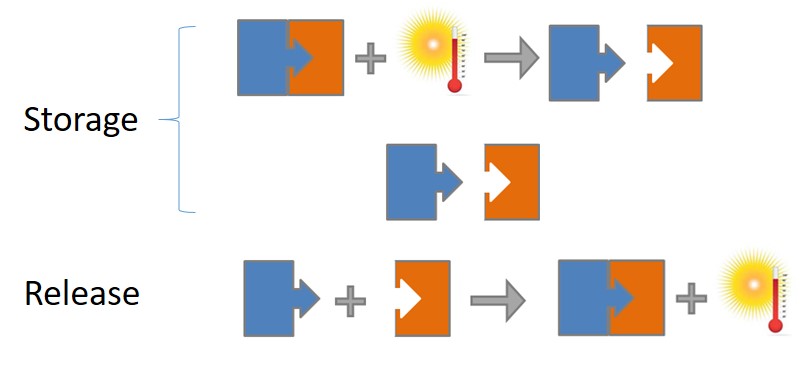
The research of new storage systems based on the use of innovative storage materials is crucial. Composites based on hydrated salts have been developed to improve the energy density and the power of thermochemical heat storage systems. The overall heat storage process must be taken into account, starting from the preparation and characterization of the composite material, until its application in semi-pilot and pilot systems. Moreover, an accurate study of the heat and mass transfers must be carried out for up-scaling purposes and for integration into existing plants (in the case of fatal heat recovery).
Publications
A. Jabbari-Hichri, S. Bennici, A. Auroux, Solar Energy Materials and Solar Cells 2017, 172, 177
A. Jabbari-Hichri, S. Bennici, A. Auroux, Solar Energy Materials and Solar Cells 2016, 149, 232 DOI : 10.1016/j.solmat.2016.01.033

Nanofiltration and ultrafiltration
P. Dutournié*, L. Limousy
*Contact : patrick.dutournie@uha.fr
The most recent research has been focused on nanofiltration and ultrafiltration membranes (low molecular weight cut-off). These investigations are based on experimental and numerical studies of the involved mass transfers, and on the identification of the solute / solvent / surface interactions with the pores and at the surface of porous materials. Even if the scientific community agrees to model the transfer of ionic solutes through the pores of a membrane as the sum of the three contributions (steric, electrical and dielectric effects), these ones are still only partially known and generally difficult to evaluate. In this context, an approach combining the experimental (synthesis, realization of inorganic membranes and filtration tests), the characterization (textural and structural properties, interaction energies …) and the development of theoretical and numerical tools (for the simulation and estimation of the membrane properties by inverse techniques, …) has been developed. These activities have resulted in the realization of new objects (with specific hydraulic properties and selectivity), the establishment of an original 2D simulation tool (integrating the boundary layer), and finally, an evaluation of the interactions between the solvent, the surface and the solute.
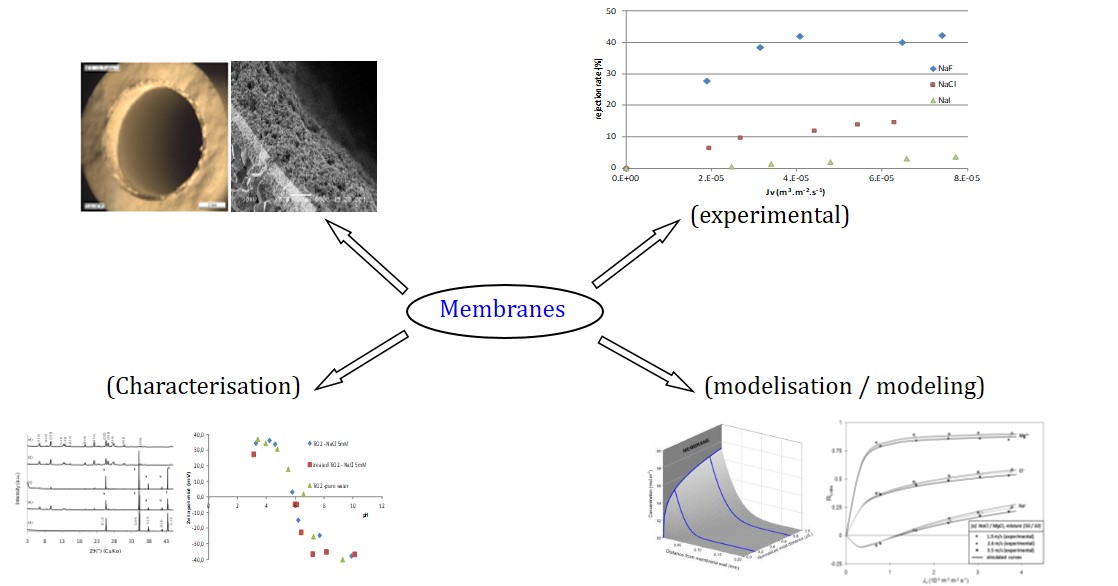
Reprinted with permission from [The two‐dimensional pore and polarization transport model to describe mixtures separation by nanofiltration: Model validation, S. Déon, P. Dutournié, L. Limousy, P. Bourseau, AIChE Journal 2011, 57, (4), 985–995 ]. Jun 16, 2010 , John Wiley and Sons, Copyright © 2010 American Institute of Chemical Engineers (AIChE)
Publications
S. Déon, P. Dutournié, P Fievet, L. Limousy, P Bourseau, Water Research 2013, 47, 2260 DOI : 10.1016/j.watres.2013.01.044
P. Dutournié, L. Limousy, W. Blel, S. Déon, P. Fievet, IECR 2014, 53, 8221 DOI : 10.1021/ie5007933
A. Said, .J. Daou, L. Limousy, J. Bikaï, J. Halwani, J. Toufaily, T. Hanieh, P. Dutournié, Material Express 2015, 5, 451 DOI : 10.1166/mex.2015.1253
J. Bikaï, L. Limousy, P. Dutournie, L. Josien, W. Blel, Comptes Rendus de Chimie 2015, 18, 56
A. Said, H. Nouali, L. Limousy, P. Dutournié, J. Halwani, J. Toufaily, T. Hamieh, T.J. Daou, Comptes Rendus de Chimie, 2016, 19, 486
W. Blel, L. Limousy, P. Dutournié, A. Ponche, A. Boucher, M. Le Fellic, Environemental Science and Pollution Research 2017, 24, 9847

Specific equipments
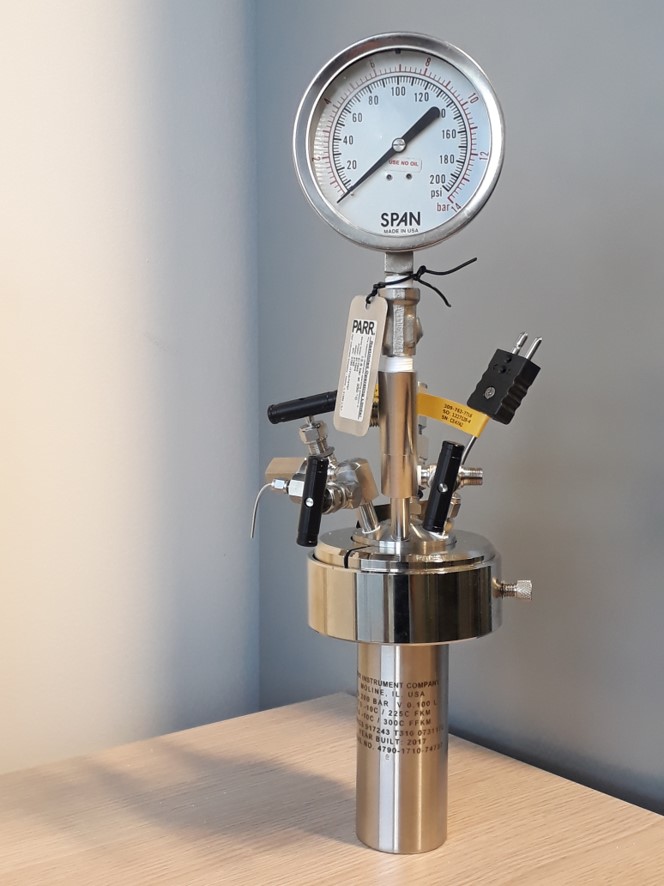
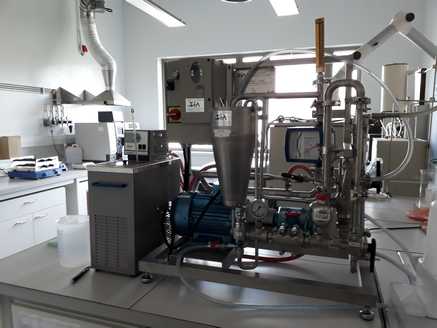
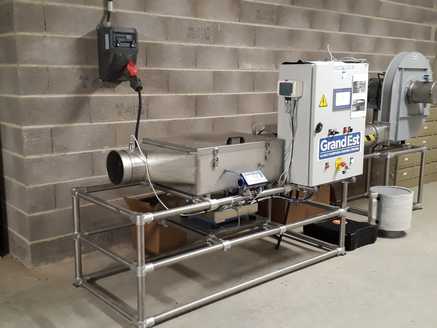
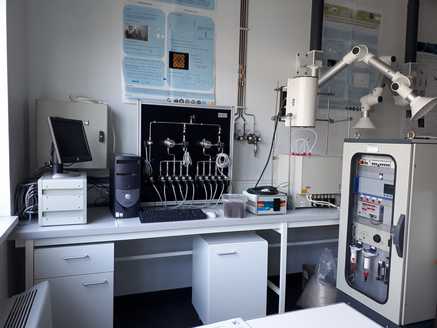
Catalytic reactor in liquid phase
Membrane filtration pilot
Drying pilot
Micro-pilot setup for the adsorption of gaseous pollutants and set-up for catalytic tests in gas phase
Autoclaves for hydrothermal synthesis
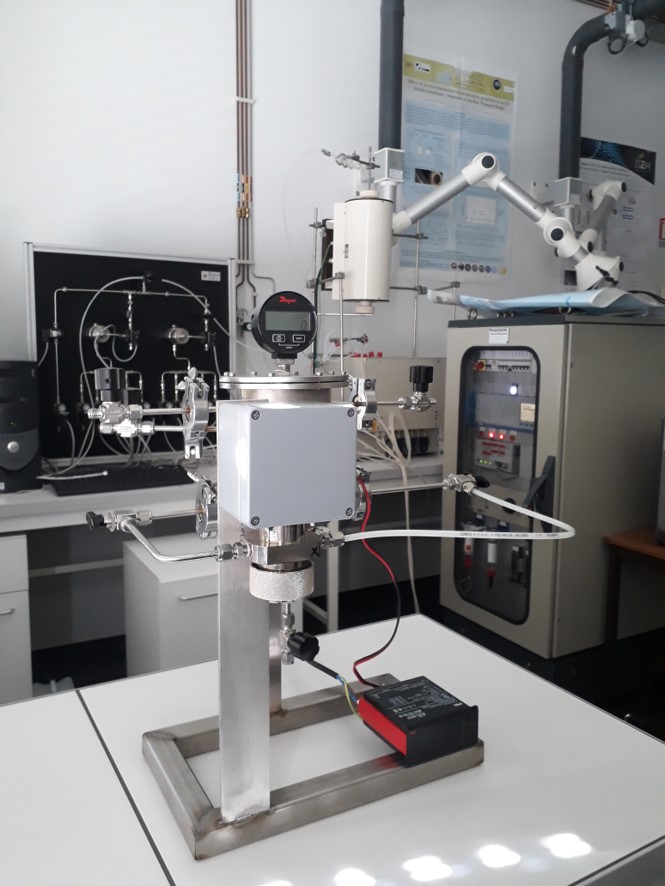
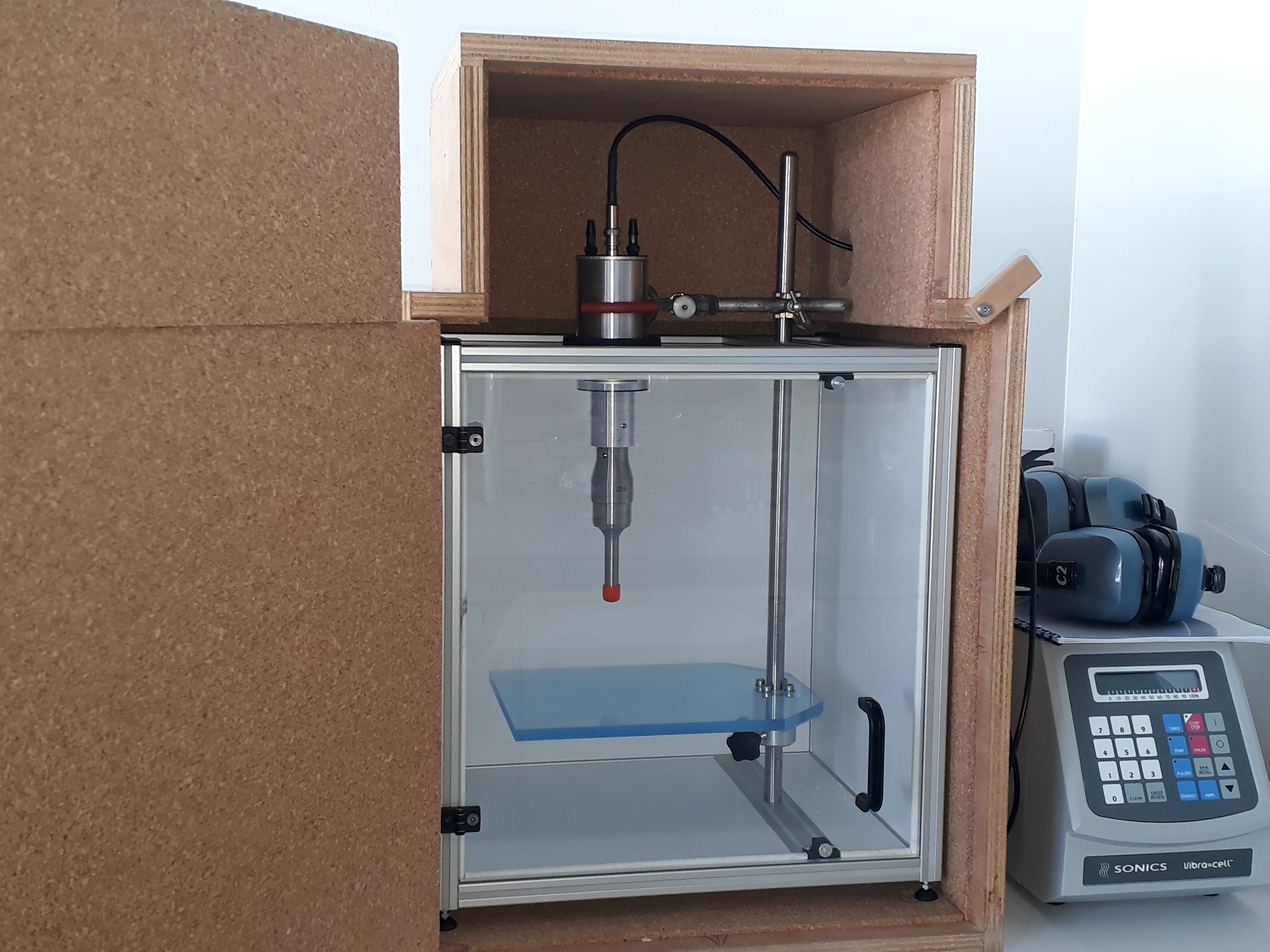
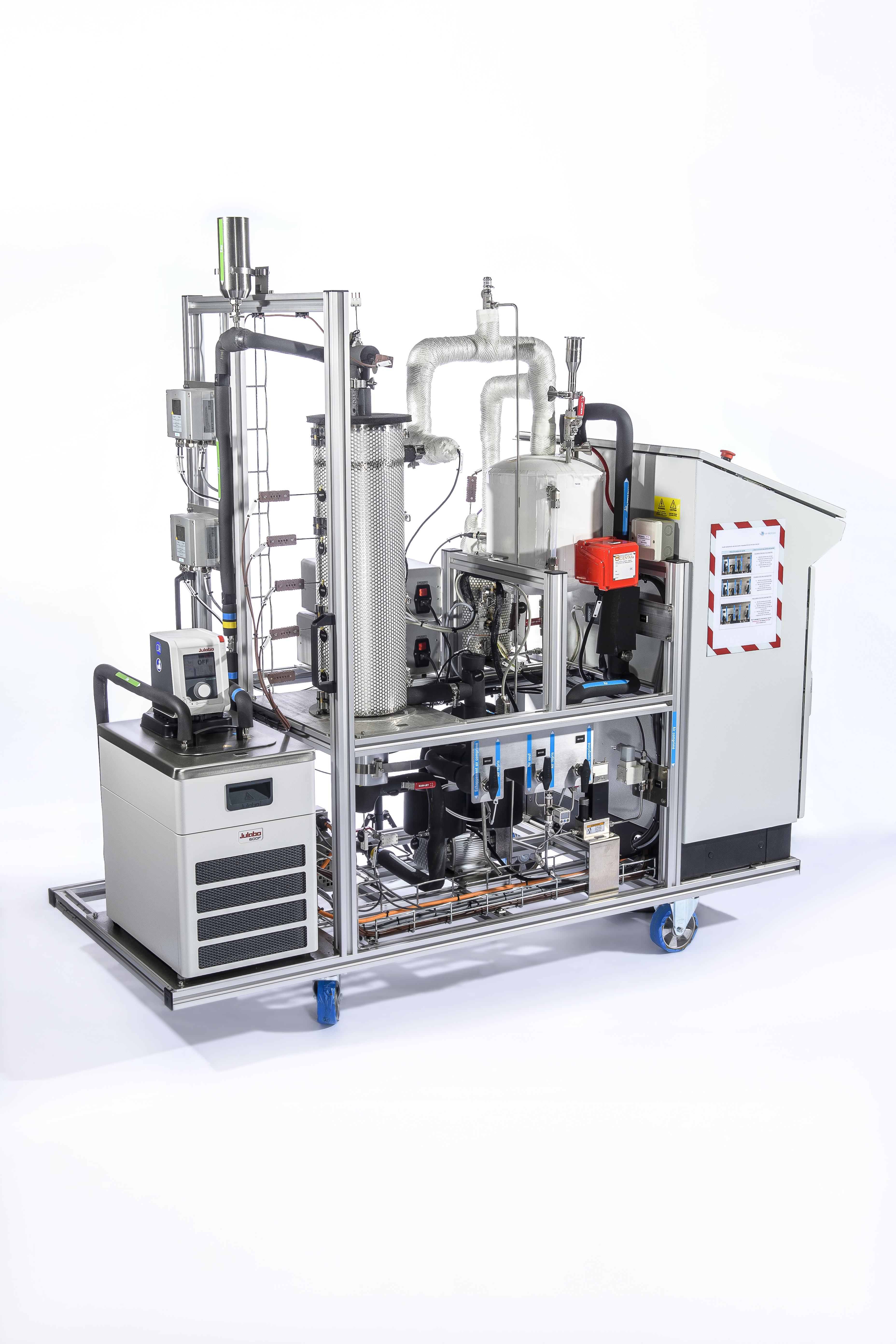
Equipment for materials synthesis
Permeability test
High intensity ultrasounds probe for aqueous dispersions treatement
Thermochemical heat storage prototype
Main collaborations
University of Milano, Italy
IRCELYON, Villeurbanne, France
IUTA, Duisburg, Germany
Instituto de Quimica,Departemento de Quimica Fundamental, Sao Paulo, Brazil.
Institut de Chimie de Clermont-Ferrand (ICCF, France)
CETMIC-CCT, La Plata, Argentina
Karlsruhe Institute of Technology, Karlsruhe, Germany
Institute of Geological Sciences, Polish Academy of Sciences Krakow, Poland
